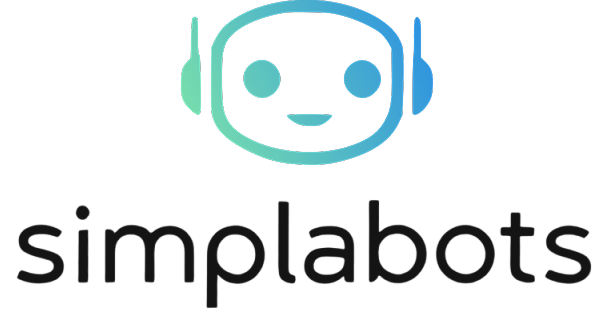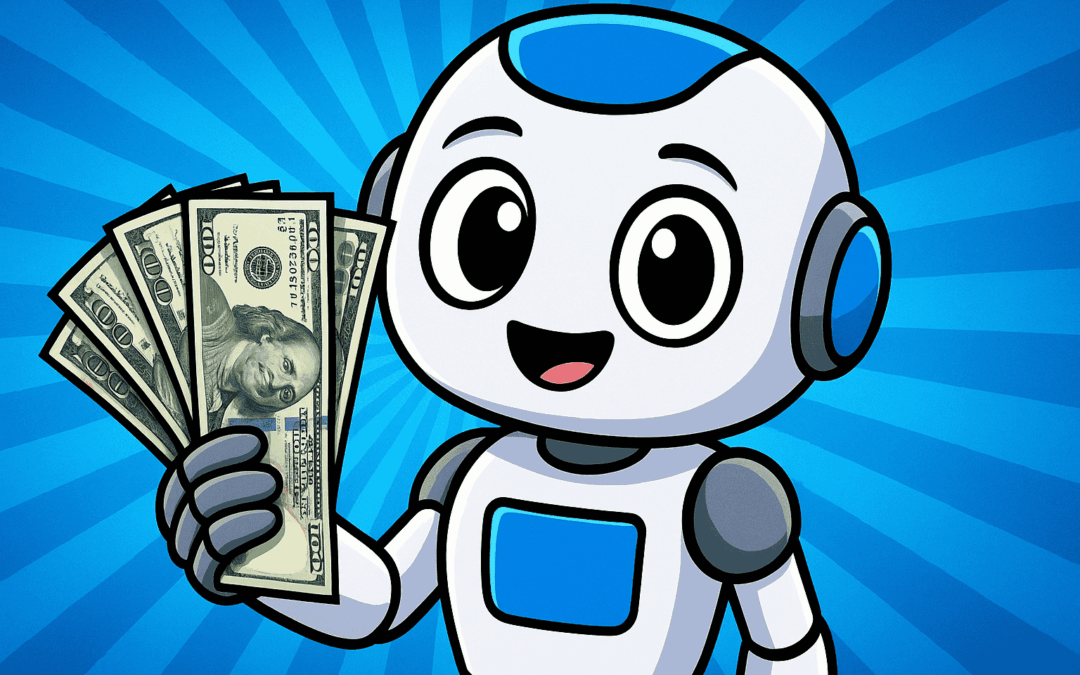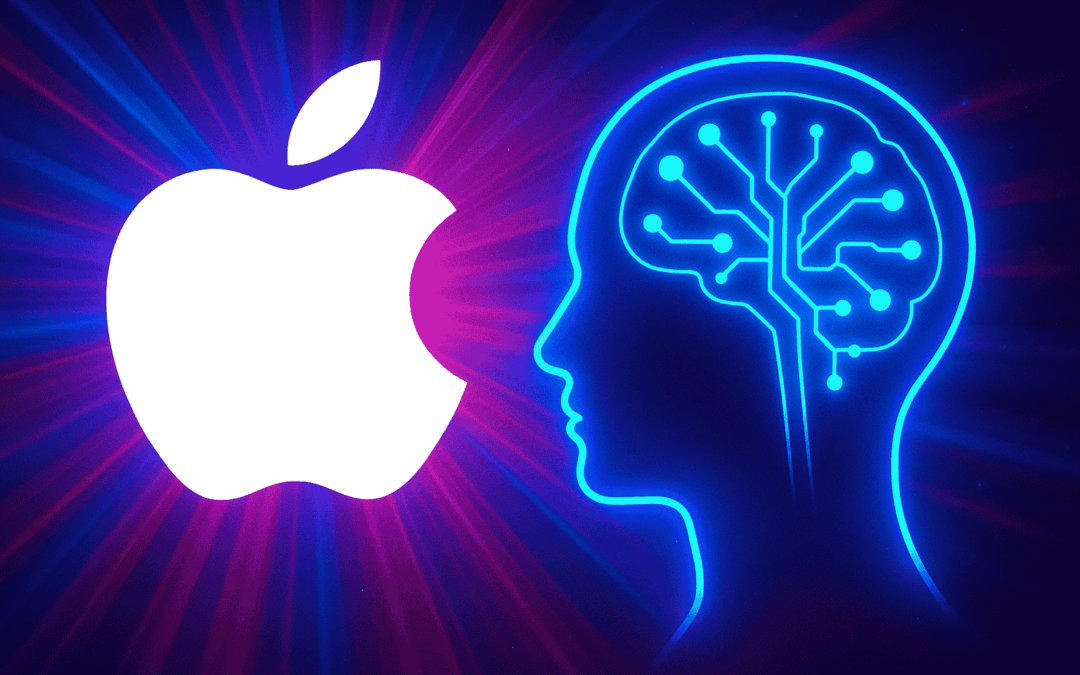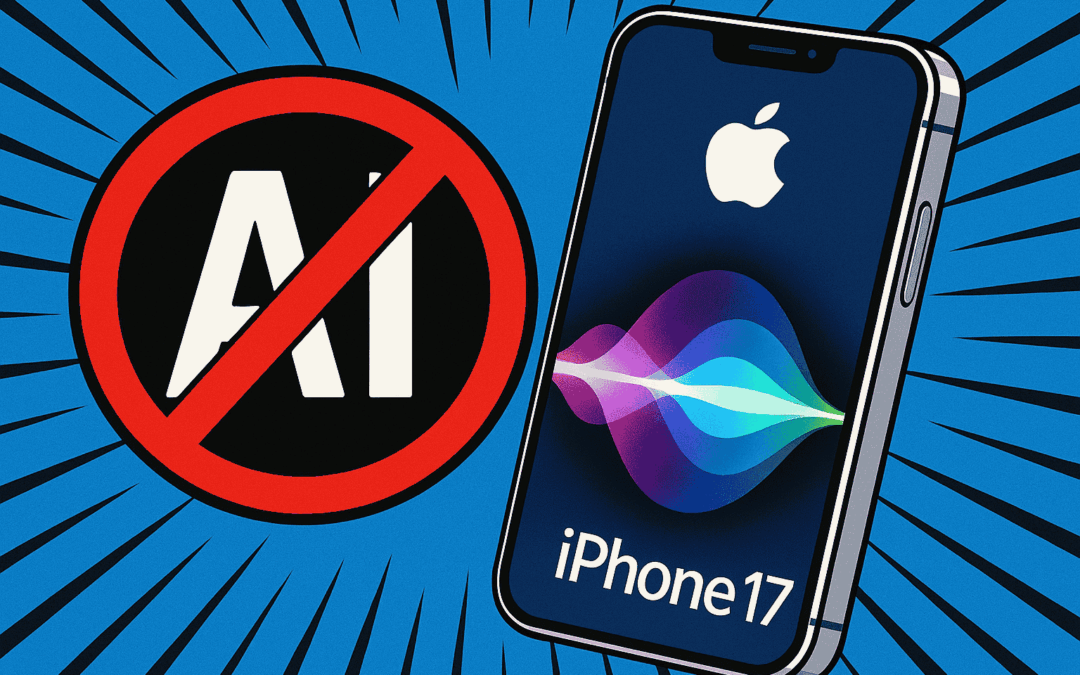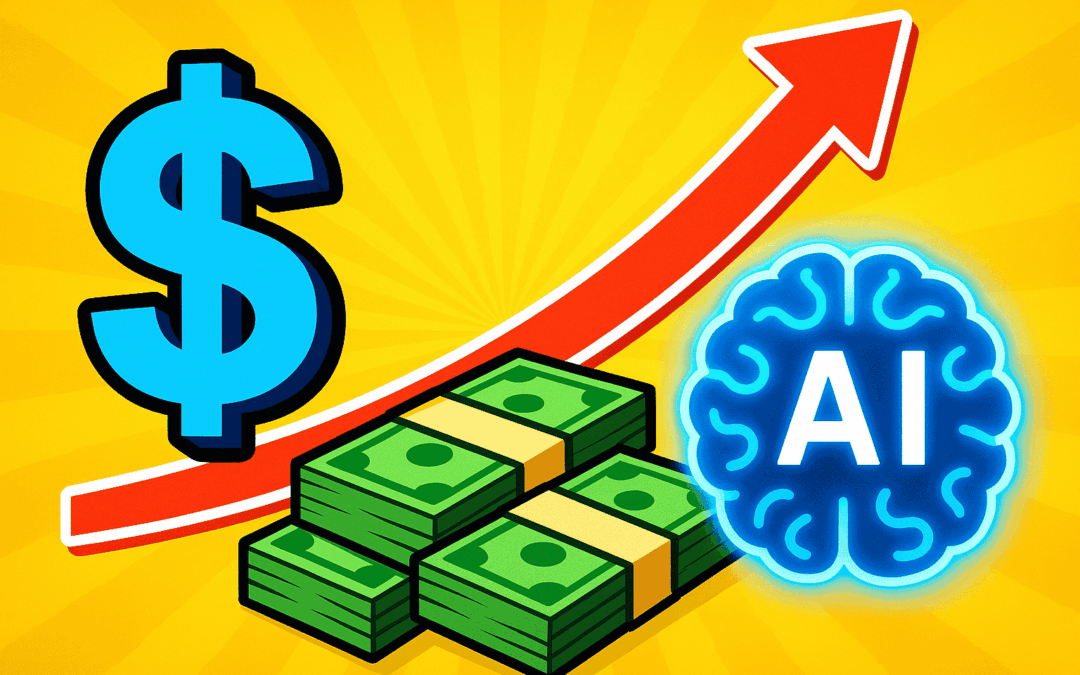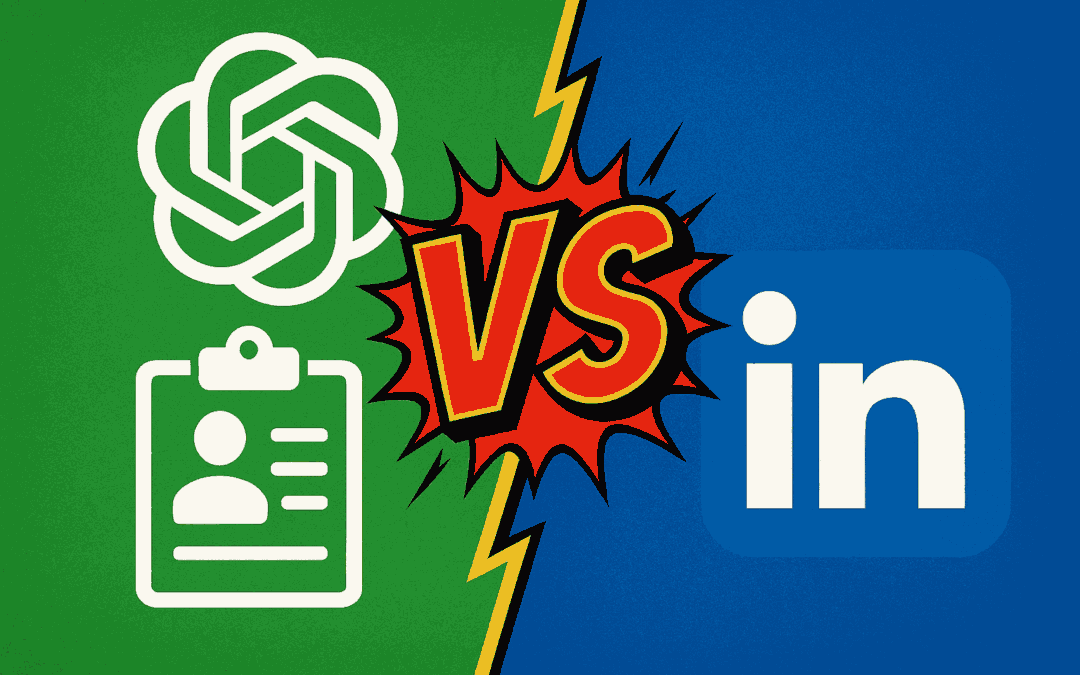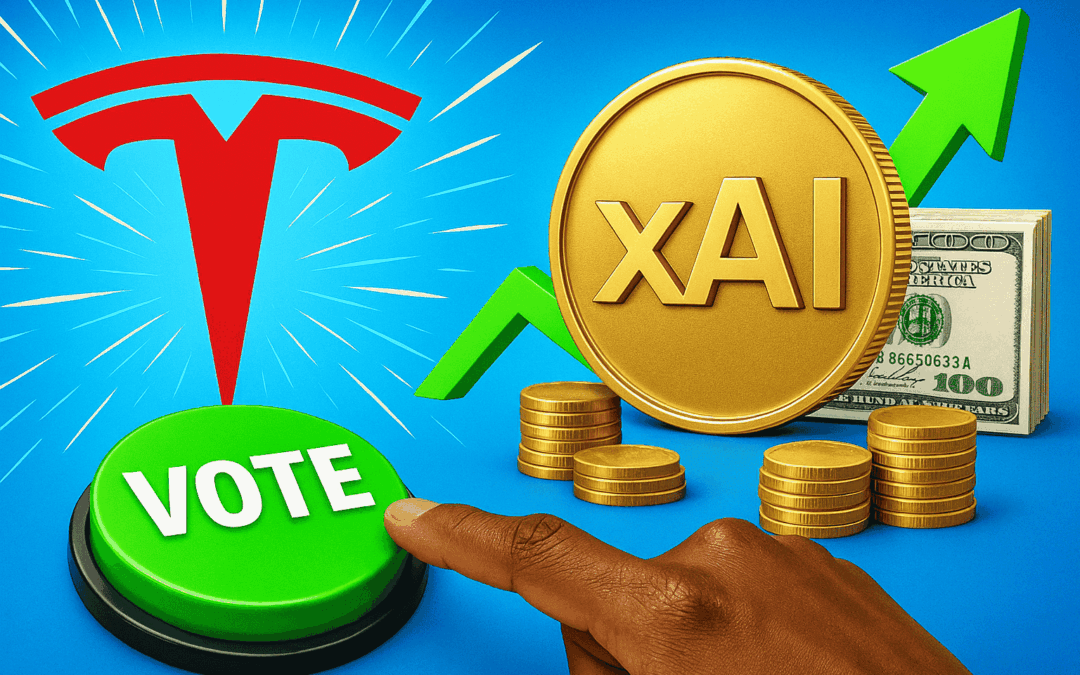The intersection of generative AI and automotive technology entered a new chapter as Tesla called on its shareholders to weigh in on a proposal to invest in Elon Musk’s AI venture, xAI.
This high-stakes vote signals more than financial maneuvering as it highlights emerging strategies among tech giants to harmonize AI innovation across domains, as well as deep implications for developers, startups, and the AI community at large.
Key Takeaways
- Tesla’s strategic investment proposal could redefine collaboration and competition in AI.
- Stakeholders across the AI spectrum may witness heightened integration between hardware (Tesla) and research-driven LLMs (via xAI).
- Consolidation and resource-sharing between companies headed by a single visionary (Musk) could influence industry best practices and competitive dynamics.
Analyzing the Proposal’s Impact
Tesla’s intention to invest in xAI, according to TechCrunch, follows a string of high-profile moves by Musk, who founded xAI in 2023 to develop original large language models and generative AI systems.
If Tesla shareholders approve the deal, industry analysts expect tighter collaboration between Tesla’s self-driving and autopilot teams and xAI’s rapidly advancing LLM capabilities.
Tesla’s investment in xAI stands to turbocharge the pace of AI innovation in both automotive and foundational model technologies.
Recent coverage from Reuters and Bloomberg confirms the move could cement Tesla not only as an automaker but as a broad AI powerhouse—reshaping its competition with other tech leaders like Alphabet, Microsoft, and OpenAI.
Notably, xAI aggressively positioned its ‘Grok’ LLM as a potent rival to OpenAI’s ChatGPT and Google’s Bard, indicating that deep technical integration might follow strategic financial alignment.
Implications for Developers, Startups, and AI Leaders
Developers and machine learning engineers watching the generative AI space can expect:
- Potential open-source contributions and platform opportunities if xAI and Tesla share research outputs or toolsets.
- Talent shifts and heightened competition for top AI engineers, given Musk’s recruitment pull and xAI’s ambitious hiring goals.
Startups in AI and LLM development may face:
- More competitive capital-raising environments as major players consolidate AI capabilities.
- Possible advantages from new partnerships if Musk’s entities open up APIs, datasets, or research avenues.
Strategic investments like this are shaping a new era where foundational AI models underpin multiple commercial sectors, from mobility to enterprise productivity.
For established AI professionals, tracking cross-domain innovation now becomes essential. Tesla’s leverage of xAI’s LLMs could set precedents for in-house AI infrastructure versus external partnerships, impacting how companies prioritize building vs. buying advanced AI.
What Comes Next?
The shareholder vote—expected later this quarter—will likely attract major attention from the markets, investors, and anyone invested in the future of artificial intelligence. If approved, watch for:
- Rapid announcements of joint projects between Tesla’s autonomy teams and xAI’s researchers.
- Possible shifts in proprietary versus open-source AI approaches depending on how synergies unfold.
- Increased scrutiny from regulators regarding how single leadership across multiple AI ventures affects competition.
The outcome of the Tesla-xAI vote could ripple through every layer of the AI ecosystem—from R&D labs to boardrooms—redefining who sets the pace in generative AI development.
Developers, founders, and investors should carefully monitor related filings, technical announcements, and emerging projects as more details come to light in the weeks ahead.
Source: TechCrunch
